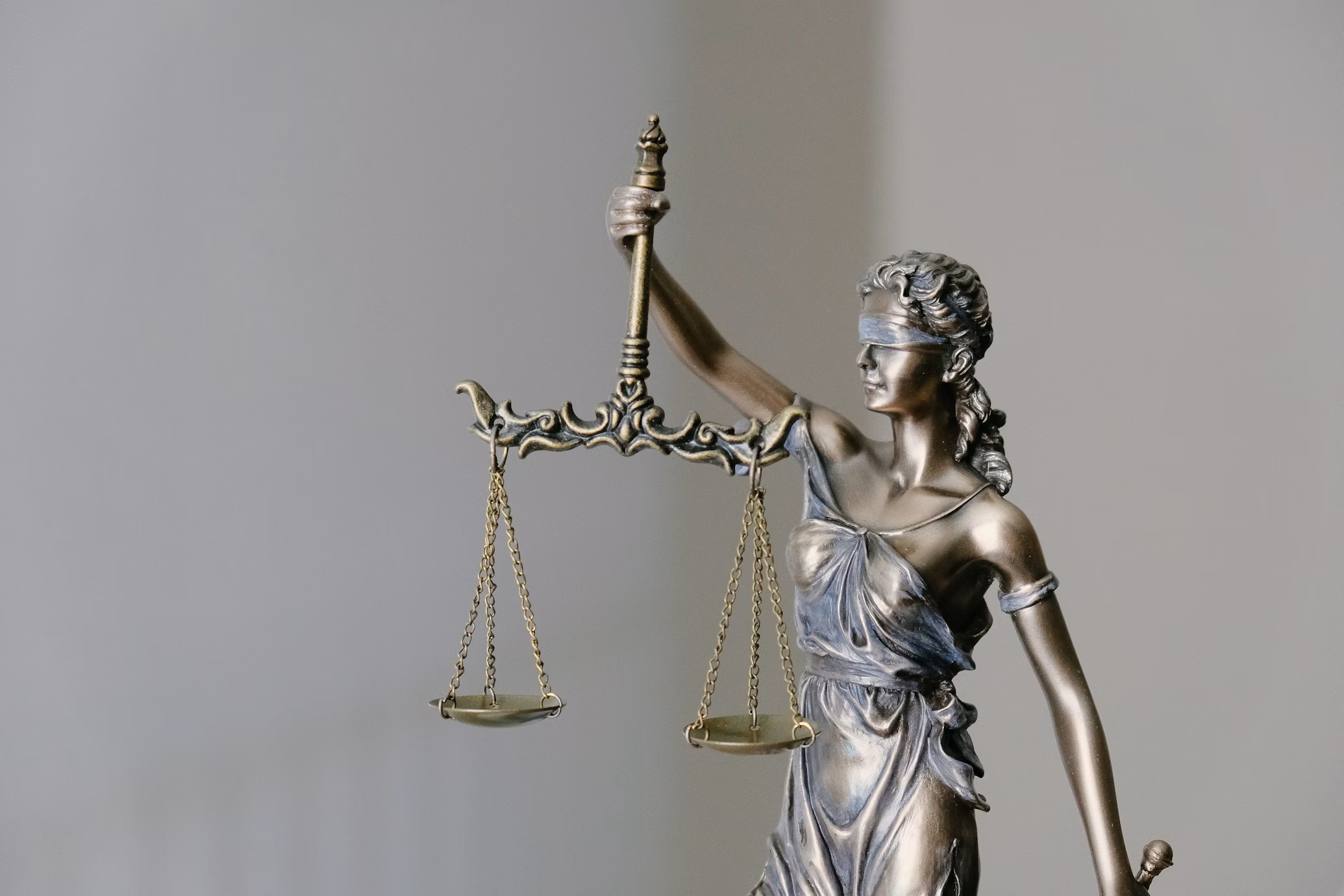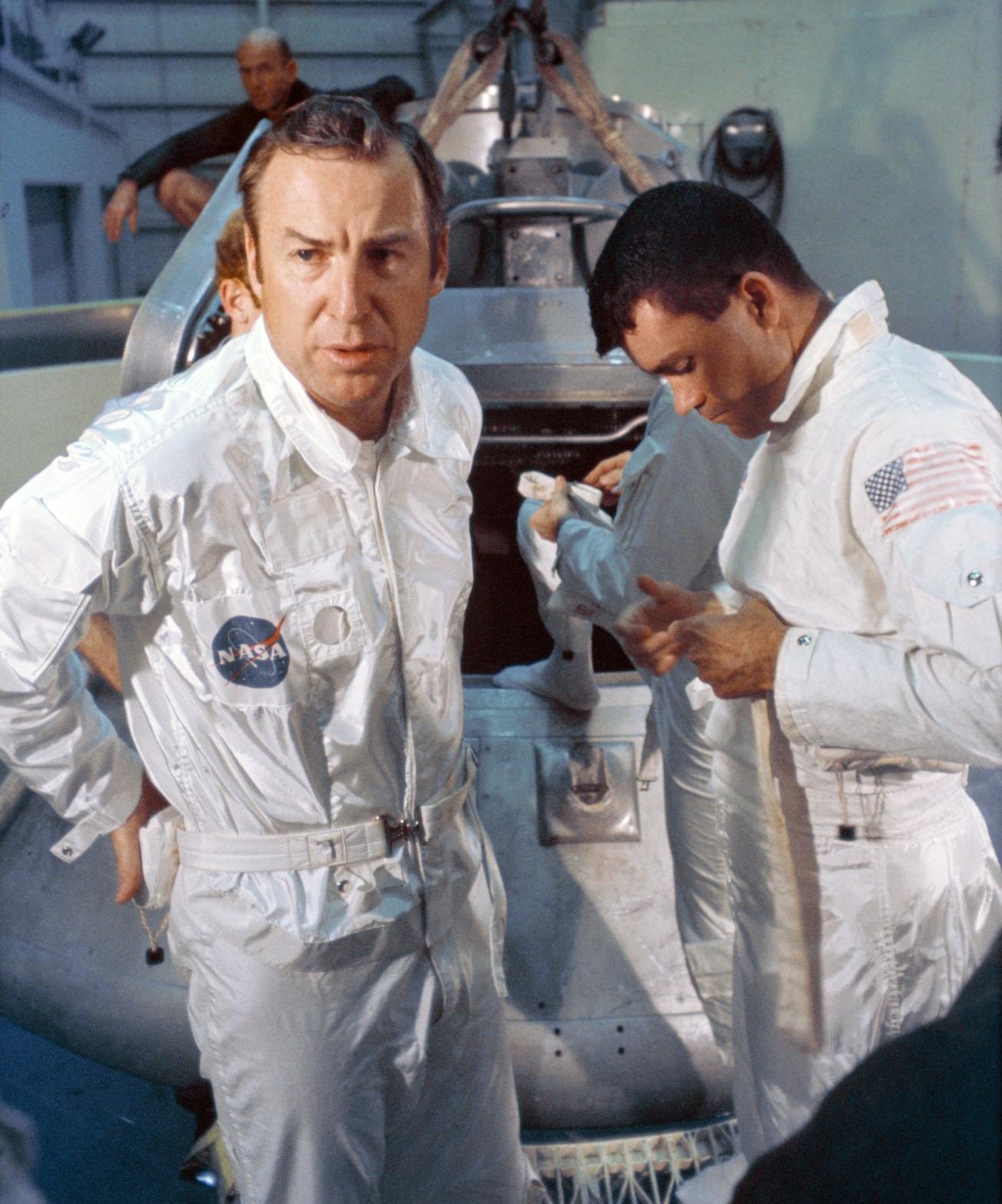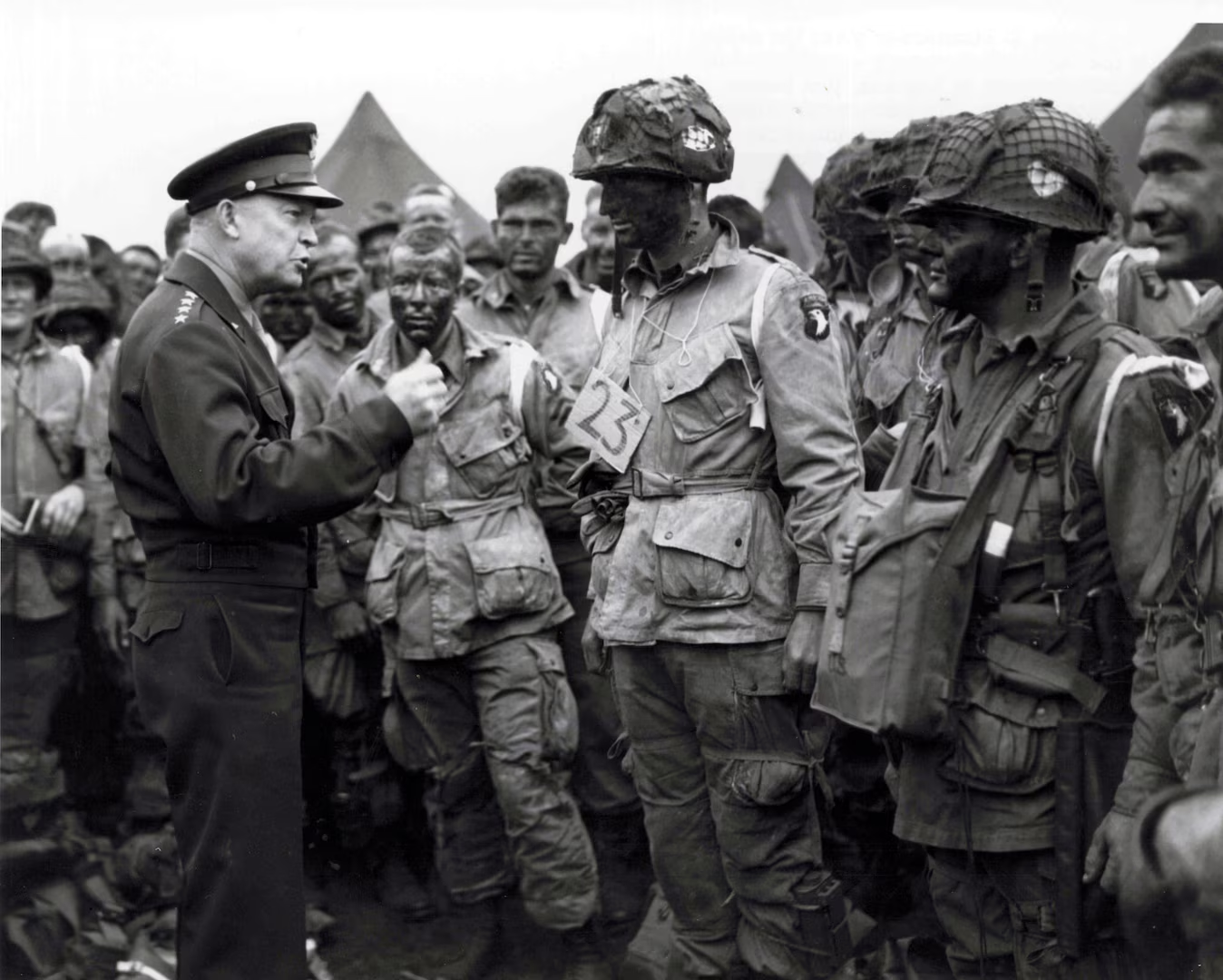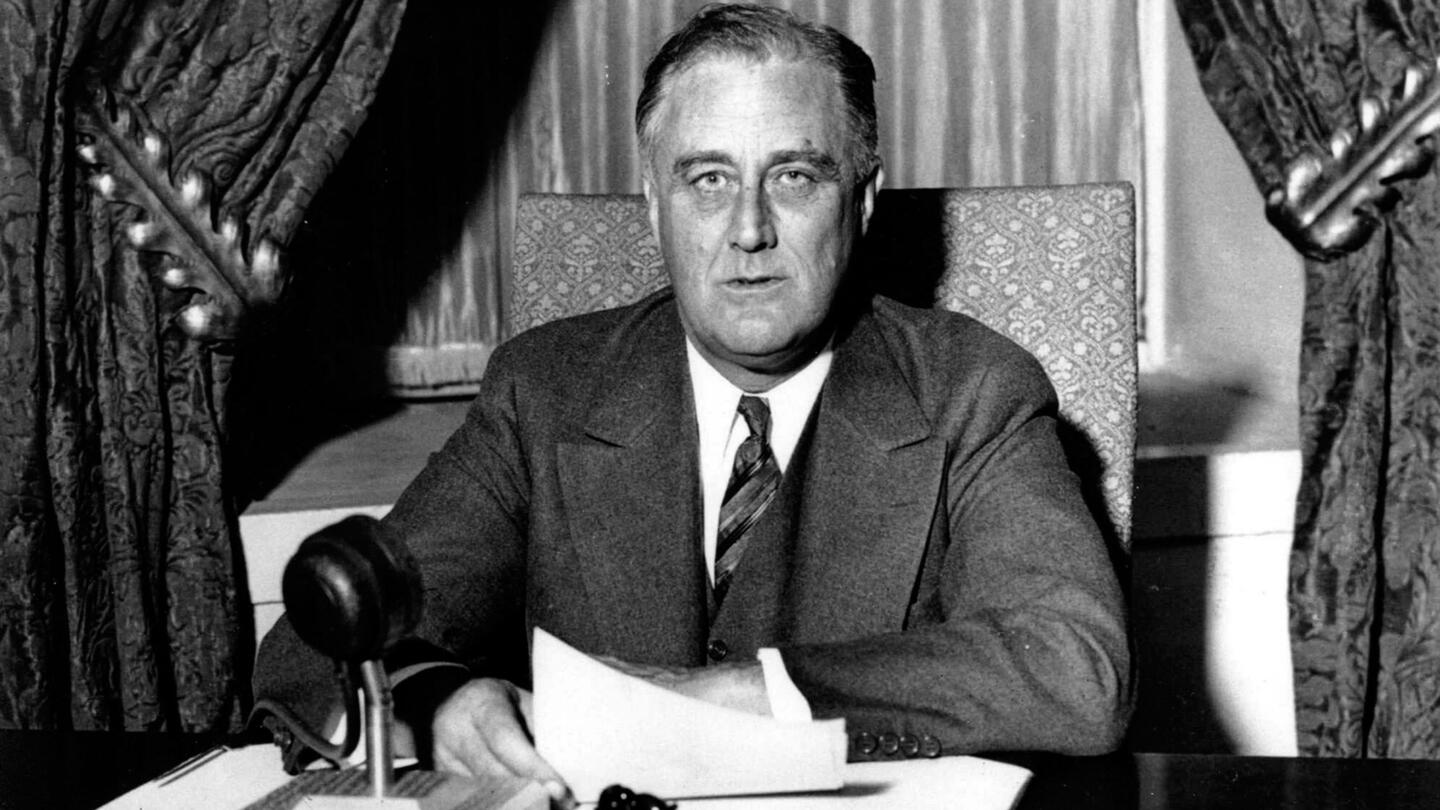
The history of this country has been written by how we have faced great crises. While many occurred on the world stage, many more have been internal struggles on behalf of equal justice and equality for all.
However, these latest protests, largely peaceful, are unequaled.
In four short years, we have gone from taking a knee to murder by knee and in the process, reached another tipping point. How we handle this latest crisis will determine if we have learned the lessons of the past, and are willing to commit to real change, or slip back into the same familiar pattern of holding our collective breath until the moment passes.
Last week, the New York Times published a controversial Op-Ed authored by Arkansas Senator Tom Cotton in support of President Trump’s call for the deployment of “United States military and quickly solve the problem” of protests in cities around the country.
In defending the president’s remarks, Senator Cotton wrote, “One thing above all else will restore order to our streets: an overwhelming show of force to disperse, detain and ultimately deter lawbreakers. But local law enforcement in some cities desperately needs backup, while delusional politicians in other cities refuse to do what’s necessary to uphold the rule of law.”
In a memo to The Times staff justifying his decision, publisher A.G. Sulzberger wrote, “I believe in the principle of openness to a range of opinions, even those we may disagree with, and this piece was published in that spirit.”
My first reaction to the Op-Ed was that Cotton had blatantly revealed just how dangerous and fascist-thinking Trump and many Republicans had become, and that the public need in seeing such contemptible rhetoric outweighed any negative reaction.
I vastly underestimated that reaction.
After the backlash, Sulzberger wrote that The Times doesn’t “publish just any argument,” and expects opinions to be “accurate, good-faith explorations of the issues of the day.” It is clear, he added, that “many believe this piece fell outside of the realm of acceptability, representing dangerous commentary in an explosive moment that should not have found a home in The Times…”
After discussing the Cotton story on Friday, I asked, “should The New York Times have printed the Op-Ed by Senator Cotton?”
In applying the criteria to aid in ethical decision-making, Michael Josephson offers three steps:
One: We need to consider the interests and well-being of all likely to affected by the decision. Who are the stakeholders?
Two: We need to determine which core ethical values are involved – trustworthiness, fairness, caring, respect, responsibility, civic virtue & citizenship.
Three: It is ethically proper to violate an ethical value only when it is clearly necessary to advance another true ethical value, which, according to the decision-maker’s conscience, will produce the greatest balance of good in the long run.
– The stakeholders appear to be The Times’ staff, and readership, which expects to trust, not only the news it publishes but their choice of opinions, as well.
One aspect of trustworthiness is moral courage, the courage to do what we believe is right despite the consequences.
“I believe in the principle of openness to a range of opinions, even those we may disagree with,” Sulzberger said.
Notwithstanding his opposition to Cotton’s message, it appears that Sulzberger sincerely felt he had a duty to publish opinions that run counter to the institutional beliefs by The Times.
– In that context, the ethical value of responsibility appears to be the overriding value. “Ethical individuals,” Josephson writes, “accept responsibility for their decisions and do not try to shift blame.”
While Sulzberger has faced severe criticism for his original decision, in reversing that decision, he recognized that Cotton’s words were not just inflammatory, but aggressively endorsed armed troops sent to states in “an overwhelming show of force to suppress protests” on the orders of the president, even if not requested by governors.
In making this second decision, The Times publisher accepted responsibility and utilized one of Josephson’s five steps to principled reasoning: the ability to monitor and modify his decision.
“Since most decisions are based on imperfect information and ‘best efforts’ predictions,” Josephson writes, “it is inevitable that some of them will be wrong. Those decisions will either fail to produce the consequences anticipated or they will produce unintended and/or unforeseen consequences. The ethical decision-maker is willing to adjust to new information.”
Did Sulzberger make the right decision to publish the opinion of Sen. Cotton?
I believe he made, what he considered to be, the best decision at the time by respecting and offering room for opposing opinions. “I believe in the principle of openness to a range of opinions, even those we may disagree with…”
However, in reversing his decision, Sulzberger held himself accountable and demonstrated his own openness, writing, that “many believe this piece fell outside of the realm of acceptability, representing dangerous commentary in an explosive moment…” adding, “I’ve already heard from many of you and will do more listening in the days ahead, starting with smaller groups of our black colleagues, who are covering this story and living it at the same time.”
As a consequence of the controversy, late Sunday, it was announced that the Times editorial page editor, James Bennet, resigned.
With a pandemic continuing to infect and claim American lives every day, growing protests calling for racial justice in cities and towns across the country, and a recent Wall Street Journal/NBC poll reporting that 80 percent of voters say that “things are out of control” in the country, the overriding lesson from the past remains more important than ever:
We need to learn how to live with one another.
Comments











